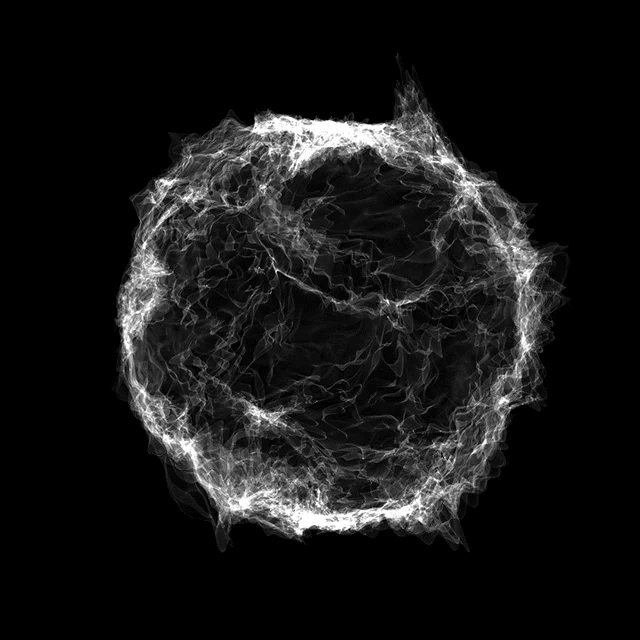Okay, but what the heck is Dark Matter?
What you can see is just a tiny speck of reality...
Only in the darkness can you see the stars - Martin Luther King Jr.
Greetings, fellow Bohron
Dark Matter is an undiscovered form of matter that accounts for 85% of the total mass of the universe. Dark matter is called ‘dark’ because, unlike ordinary matter, it doesn’t interact with light and hence we cannot see it.
History
In 1937, Swiss astronomer Fritz Zwicky was studying the motion of individual galaxies within the Coma cluster, which consists of more than 1000 galaxies. The galaxies orbit in all directions bound by the gravity field of the cluster centre.

Studying the motion of a few dozen galaxies as tracers of the gravity field, Zwicky discovered that they had a surprisingly high mean velocity. Such high velocities could only be caused by a very strong gravitational field. He concluded that it was possible only if the cluster had an enormous amount of mass. But the number of visible galaxies present in the cluster were not enough to account for Zwicky’s observations. Zwicky called this ‘missing mass‘ as dark matter.
Escape Velocity is the minimum velocity required for an object to break free from the gravitational influence of a massive body.

All the galaxies in the Coma cluster are orbiting with a velocity greater than the escape velocity of the cluster. So we expect the galaxies to fly apart and the cluster to slowly fall apart. The history suggests otherwise: Coma cluster has existed for more than ten billion years.
Over the years, more studies have revealed the same situation with all other galaxy clusters as well.
In 1976, astronomer Vera Rubin worked on the stars located in the most isolated and farthest reaches of the galaxies, beyond their luminous disks. Rubin found unexpectedly high values of their orbital velocities which couldn’t be explained by the amount of visible matter present in the galaxy.

What do we know yet?
At present, we know more of what dark matter isn’t than what it is. We know that it cannot reside inside black holes, because then it would have helped us find much more black holes than what has been discovered to date.
They can’t be black clouds because clouds absorb and emit light energy, something opposite to the behaviour of dark matter. Dark matter can’t be rogue planets, asteroids and comets since their mass will have to be too high to outweigh the total mass of normal matter, which seems too absurd.

During half a million years after the big bang, small blobs of galaxies and superclusters began to form by the action of gravity. However, the expansion of the universe continued as a whole, and the universe would eventually double in size. So two opposing forces were working then: gravity trying to bind things together while expansion trying to pull things apart. Ordinary matter’s gravitational force wasn’t enough to win this battle.

We concluded that most galaxies must contain about six times as much dark as the visible mass.
What Lies Beyond?
Most particle physicists believe that a new class of subatomic particles is waiting to be discovered, which would explain the weird character of dark matter particles. A particle that interacts with ordinary matter via gravity and otherwise doesn’t interact at all. World’s largest particle accelerators including the Large Hadron Collider in Geneva are using their atom smashers in pursuit to solve this ‘missing mass’ mystery.

Dark matter doesn’t seem to interact with nuclear forces, so it cannot make nuclei. It doesn’t interact with electromagnetic force as well, so it cannot form molecules. It doesn’t absorb, emit, reflect or scatter light and hence is invisible.
However, it does exert its gravitational pull to which ordinary matter responds. That’s all we have been able to find till now. Dark Matter remains a highly active and open area of research, a field that may reshape our understanding of the structure of the universe.




